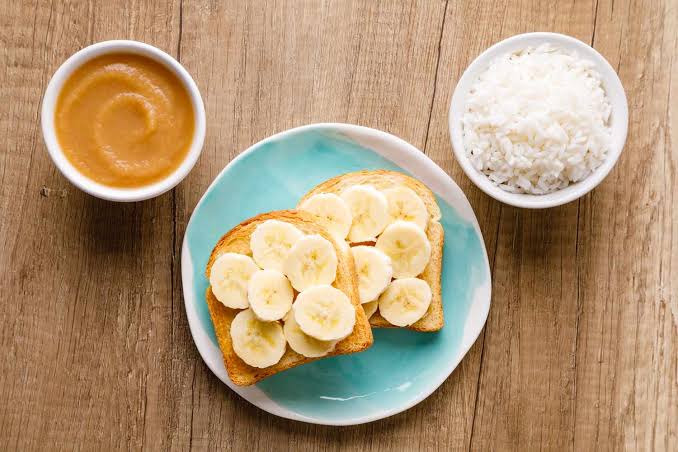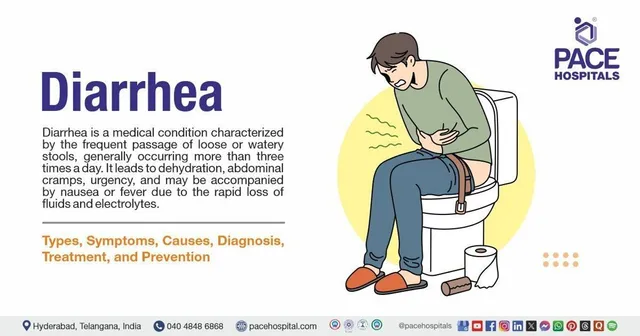
Often, when you feel nauseous or vomiting, and when you are infected with a virus or any stomach disease that causes diarrhea, food is often the last thing you think about. When this condition persists, the doctor – in most cases – will advise you to suck a piece of ice or take a sip. From water or soda. There are other ways you can avoid diarrhea. Read them from . When you start to feel better, you should gradually start introducing more natural foods, but to further help your stomach readjust, doctors advise limiting your diet to these light foods.
What is the BRAT diet?
This is the diet that doctors prescribe for those newly recovering from diarrhea, indigestion, and many gastrointestinal infections. BRAT stands for the following nutrients:
B: banana
R: rice.
A: Apple cider vinegar.
T: Bread.
These low-fiber foods are considered foods that are easy for the intestines to handle well, which is very beneficial in cases of diarrhea and other diseases related to the digestive system. From this diet we derive many similar diets that have the same effect on the intestines and whose components include the first letters of the word BRATY as follows:
B: Banana.
R: rice.
A: Apple cider vinegar.
T: slices of toast.
Y: Yogurt.
It is also possible to devise a diet known as BRATT, which symbolizes the following elements
B: Banana.
R: rice.
A: Apple cider vinegar.
T: Tea.
T: slices of toast.
Once these symptoms end, you can gradually return to the usual diet while continuing to eat this light type of food for two consecutive days, taking care to avoid the following types of foods:
Dairy and its products, because they cause digestive problems.
Fried, spicy and fatty foods.
sweets.
Uncooked fruits and vegetables, such as: grains, onions, beets, grapes, figs, and cherries.
Citrus fruits: such as orange, pineapple and grapefruit.
Alcohol and drinks containing caffeine.
Is this diet suitable for children?
It is possible to use this diet with children who suffer from digestive system problems, as it gives the digestive system an opportunity to rest while producing a smaller amount of waste, but it has recently been proven that it is not entirely suitable for children. Because this diet contains less fiber, proteins, and fats, it lacks the nutrients needed for the child’s digestive system to recover.
The American Academy of Pediatrics recommends supplementing the child with the usual complete diet appropriate for his age, 24 hours after his illness. This diet should contain a mixture of fruits, vegetables, meat, yogurt, and carbohydrates.
Children and adults alike need to drink more fluids to avoid dehydration during illness. Water is considered a good element, but adding mineral salts, as in the case of athletes, or dehydration solutions for children, such as Pedialyte, may help a lot in compensating for the loss of those mineral salts and important elements from the body. Do you drink enough fluids?
Danger signs for a child who should seek medical advice:
1. Diarrhea for more than three consecutive days.
2. When the temperature rises above 102 degrees on the Fahrenheit scale, which is equivalent to 38.8 degrees Celsius.
3. Decrease in the amount of urine excreted.
4. Vertigo.
5. Dry eyes and disappearance of tears, with atrophy of the facial muscles.
Therefore, there is no need to worry about cases of continuous vomiting, just start with light foods to avoid the condition recurring






